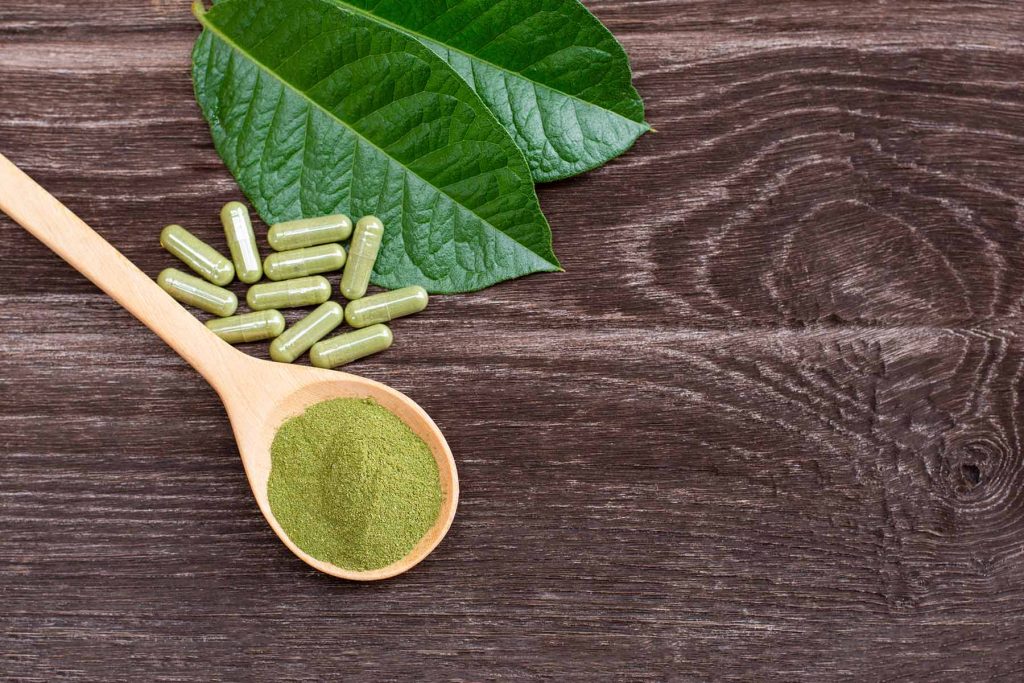Smokeless tobacco products have garnered attention as an alternative to traditional smoking, presenting a complex narrative that intertwines health considerations with market dynamics. As awareness of the dangers associated with smoking continues to rise, many individuals are seeking less harmful options. Smokeless tobacco, which includes products like chewing tobacco, snuff, and snus, is often perceived as a safer choice compared to combustible cigarettes. This perception is partly fueled by public health campaigns that emphasize the harmful effects of smoking, prompting smokers to explore alternatives that may reduce their risk of tobacco-related diseases. Recent studies indicate that smokeless tobacco can indeed present a lower risk profile compared to smoking. While not devoid of health risks such as oral cancers, gum disease, and nicotine addiction many users argue that the absence of harmful tar and many of the carcinogenic substances found in cigarette smoke makes smokeless products a less detrimental option. For instance, Swedish snus has been highlighted for its comparatively lower health risks, with Swedish public health data demonstrating lower rates of smoking-related diseases among its users.
This evidence has contributed to a growing market for Haypee smokeless tobacco products, particularly in regions where smoking rates are declining. Market growth is also fueled by innovation and product diversification within the smokeless tobacco sector. Manufacturers are increasingly developing new flavors and formats to attract a broader demographic, including younger consumers who may be hesitant to try traditional tobacco products. The rise of modern oral products, such as nicotine pouches that contain no tobacco, has further expanded the appeal of smokeless alternatives. These products are often marketed as lifestyle choices, emphasizing convenience and discretion, making them attractive to consumers seeking an alternative to smoking. Regulatory frameworks surrounding smokeless tobacco are evolving, with governments and health organizations attempting to balance consumer choice with public health concerns. While some regions have implemented strict regulations on advertising and sales, others are taking a more lenient approach, recognizing the potential benefits of smokeless products in harm reduction strategies.
This regulatory landscape shapes market dynamics, influencing how these products are marketed and perceived by the public. However, the smokeless tobacco market faces challenges, particularly regarding misconceptions about safety. Public health advocates continue to emphasize that while smokeless tobacco may reduce certain risks associated with smoking, it is not without its own dangers. Education is crucial in ensuring that consumers make informed choices. Additionally, the rise of vaping and other nicotine delivery systems adds competition to the market, as many users are shifting towards these alternatives, which some perceive as even safer. In conclusion, smokeless tobacco products represent a growing market with the potential for harm reduction in the context of tobacco use. As consumers seek alternatives to traditional smoking, understanding the health implications and making informed choices will be critical. The ongoing evolution of this market reflects broader trends in public health, consumer preferences, and regulatory landscapes, highlighting the complexity of tobacco use in contemporary society.
